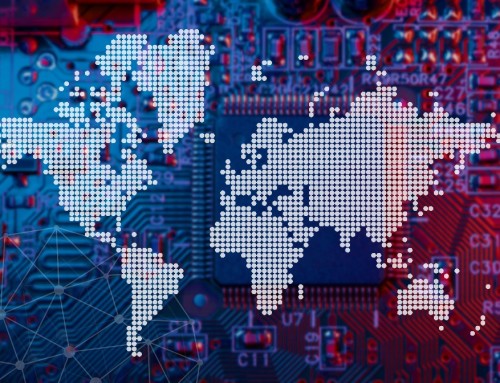In late September 2014, Microsoft announced its newest operating system: Windows 10. Where Windows 8 left a bad impression on many users, Microsoft looks to win people back with their latest rehash of the classic operating system. With a new OS comes new features, new applications, and a new vision on how personal computing will look in the latter half of the 2010s.
The Return of the Start Menu
One of the biggest complaints about Windows 8 was the disappearance of the classic, modest Start Menu, replaced instead with the Start Screen. This Start Screen was populated with “tiles” of the applications and shortcuts used most, and took up the entire screen, rather than a small portion in the lower left corner. However, after having essentially the same functionality in the Start Menu from the late 90s through Windows 7, people found the new Start Screen jarring, confusing, and overly obtrusive. Windows 10 looks to merge the proven and familiar interface of the classic Start Menu with the tiled look of the Start Screen by creating a hybrid Start Menu. Common and recently installed applications list on the left side of the menu, akin to earlier Start Menus, while to the right are tiles for the new Windows Apps (introduced in Windows 8) and whatever else a user would like pinned there. The tiles can be resized, changed, or removed altogether.
Same OS on All Screens
Microsoft understands that today’s world has us hopping from our desktops and laptops to our tablets and then our phones constantly, as we become more and more connected while staying mobile. There will be two “versions” of Windows 10: one for screens larger than 8”, and one for screens smaller than 8”. The small screen version will be optimized for navigation via touchscreens, where the larger screen version will have equal support for touch and typical keyboard/mouse navigation. This means Windows Phones, which have become quite good lately, will be running a full version of Windows 10 as their operating system. This means fully functional Office products on your phone, tablet, and computer; better gaming, file sharing, and general integration between all your devices.
Windows as a Service
One of the more shocking announcements from a recent press conference on Windows 10 was the announced cost to upgrade from Windows 7/8 to 10: free. While they haven’t announced pricing schemes completely yet, this much has been confirmed: for the first year after release, users running either Windows 7 or 8 (or 8.1) will be able to upgrade to Windows 10 for no cost, and that those devices will be kept up to date through the supported lifetime of the device.
The technical preview for Windows 10 is currently available through Microsoft. This technical preview offers a glimpse at what’s to come, and is updated frequently with new features.







